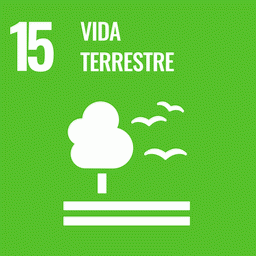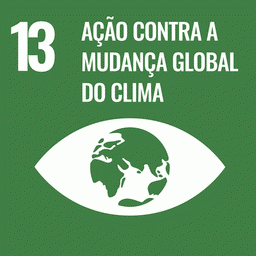Fire is one of the most powerful modifiers of the Amazonian landscape and knowledge about its drivers is needed for planning control and suppression. A plethora of factors may play a role in the annual dynamics of fire frequency, spanning the biophysical, climatic, socioeconomic and institutional dimensions. To uncover the main forces currently at play, we investigated the area burned in both forested and deforested areas in the outstanding case of Brazil’s state of Acre, in southwestern Amazonia.
We mapped burn scars in already-deforested areas and intact forest based on satellite images from the Landsat series analyzed between 2016 and 2019. The mapped burnings in already-deforested areas totalled 550,251 ha. In addition, we mapped three forest fires totaling 34,084 ha. Fire and deforestation were highly correlated, and the latter occurred mainly in federal government lands, with protected areas showing unprecedented forest fire levels in 2019. These results indicate that Acre state is under increased fire risk even during average rainfall years. The record fires of 2019 may continue if Brazil’s ongoing softening of environmental regulations and enforcement is maintained. Acre and other Amazonian states must act quickly to avoid an upsurge of social and economic losses in the coming years.

